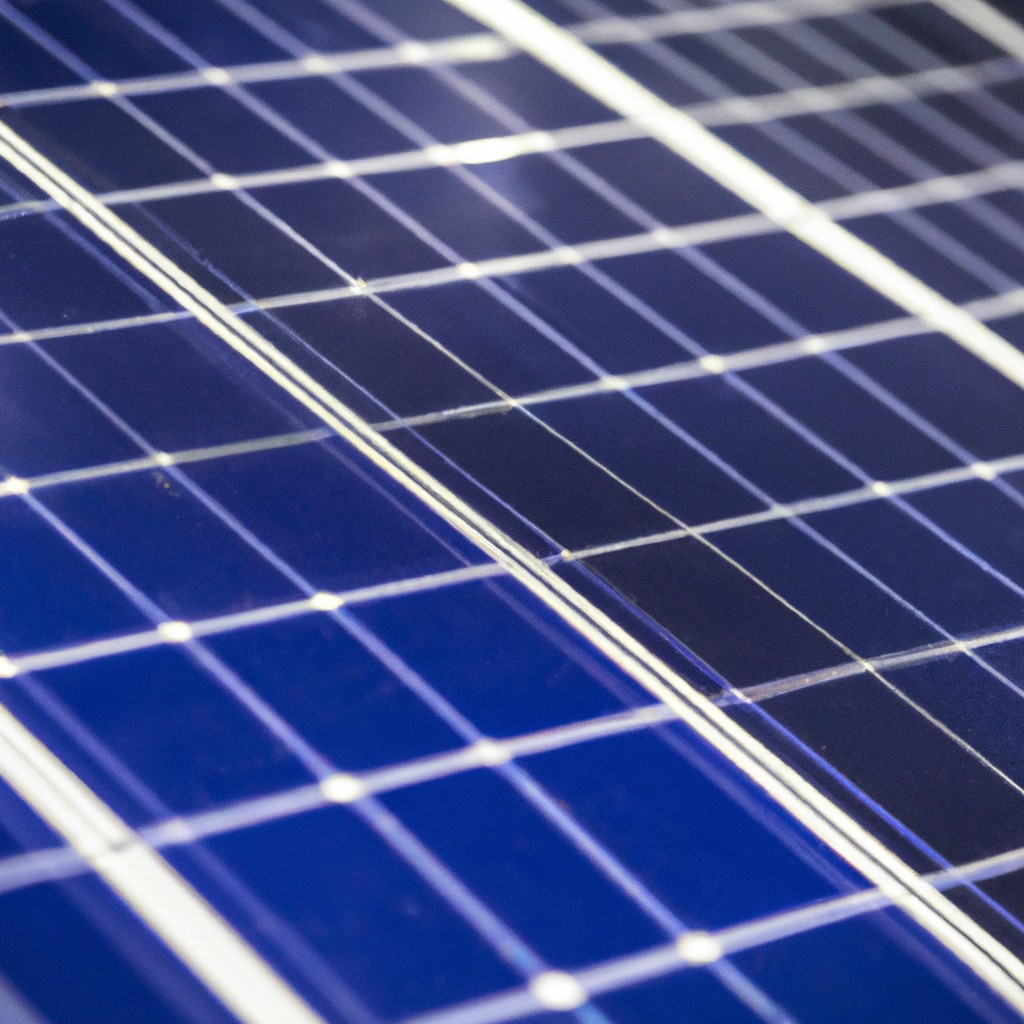This article provides a detailed breakdown of the cost of solar panels per square foot, helping you understand the financial aspects of installing solar panels.
Key takeaways:
- Factors that influence solar panel cost per square foot: type and efficiency, brand, location, incentives.
- Average cost: – per square foot, consider long-term savings.
- Breakdown of costs by type: monocrystalline, polycrystalline, thin-film.
- Tips for reducing costs: shop around, consider polycrystalline panels, timing, incentives.
- Achieve an affordable solar setup without compromising quality.
Factors Affecting Solar Panel Cost Per Square Foot

Several elements influence how much you’ll pay for solar panels per square foot. First, the type and efficiency of the solar panel play crucial roles. Higher-efficiency panels often come with a heftier price tag but require less space to produce the same amount of energy, potentially offering a better long-term value.
The manufacturer’s brand also impacts cost. Well-known brands might charge more due to their established market presence and perceived reliability.
Location affects pricing too. Installation costs can vary widely depending on local labor rates, the complexity of your roof layout, or any renovations needed to accommodate the solar installation.
Moreover, local and federal incentives can significantly decrease overall expenses. Tax credits, rebates, and grants vary by location but can make a substantial difference in your final cost analysis. Understanding these factors helps in making an informed investment in solar technology.
Average Costs of Solar Panels Per Square Foot
The cost of solar panels per square foot can vary widely depending on several factors like quality, manufacturer, and where you’re located. On average, you can expect to pay between $4 to $10 per square foot. High-efficiency panels tend to be on the higher end of this range, reflecting their greater energy output relative to their size.
Economical options might cost less but could necessitate more panels to meet your energy needs, impacting total installation area and overall expense. Always consider long-term savings and not just upfront costs. Ideally, a larger initial investment might lead to greater savings on energy bills over time.
Prices can also fluctuate based on market demand, advancements in technology, and changes in government incentives. Checking the latest information and getting quotes from multiple vendors can help you find the best price point.
Breakdown of Solar Panel Costs By Type
Solar panels come in various types, each with a distinct price range and efficiency level. Monocrystalline panels, recognized for their high efficiency and sleek appearance, are typically the most expensive, often costing between $1.50 and $2.50 per square foot. Despite the higher upfront cost, they offer significant long-term energy savings due to their high performance.
Polycrystalline panels are slightly less costly, ranging from $1.00 to $1.50 per square foot. These panels have a blue hue and slightly lower efficiency rates compared to monocrystalline, but they provide a good balance of cost and effectiveness for many homeowners.
Thin-film solar panels, known for their flexibility and lightweight design, are the least expensive, averaging between $1.00 and $1.25 per square foot. They are less efficient than both mono and polycrystalline panels and are better suited for large, unobstructed areas where space is not a constraint.
By understanding the cost differences, homeowners can make educated decisions based on their specific energy needs and roof space.
Tips for Reducing Costs of Solar Panels Per Square Foot
To trim down your solar panel expenses, consider these practical strategies:
Firstly, shopping around for quotes can significantly influence the final price. Different suppliers offer varied pricing, so comparing multiple quotes can help you find the best deal within your budget.
Secondly, opting for polycrystalline solar panels rather than monocrystalline ones can be cost-effective. Although slightly less efficient, polycrystalline panels generally come with a lower price tag per square foot.
Additionally, consider the timing of your purchase. Installations during off-peak seasons may attract better deals as demand is lower.
Lastly, look into government incentives and rebates. Many regions offer financial assistance for those transitioning to renewable energy sources, which can decrease the overall cost significantly.
By employing these strategies, you can achieve a more affordable solar setup without compromising on quality.
Also Read:
- How Much Do Solar Panels Cost for a 2,500 Square Foot House: Cost Factors and Savings
- How Much Do Solar Panels Cost for a 2,000 Square Foot House: An Informative Overview
- How Much Do Solar Panels Cost for a 3,000 Square Foot House: Pricing and Factors
- Solar Panel Cost: Understanding Your Investment in Green Energy
- Cost of Solar Panels: Understanding Prices and Factors That Influence Them